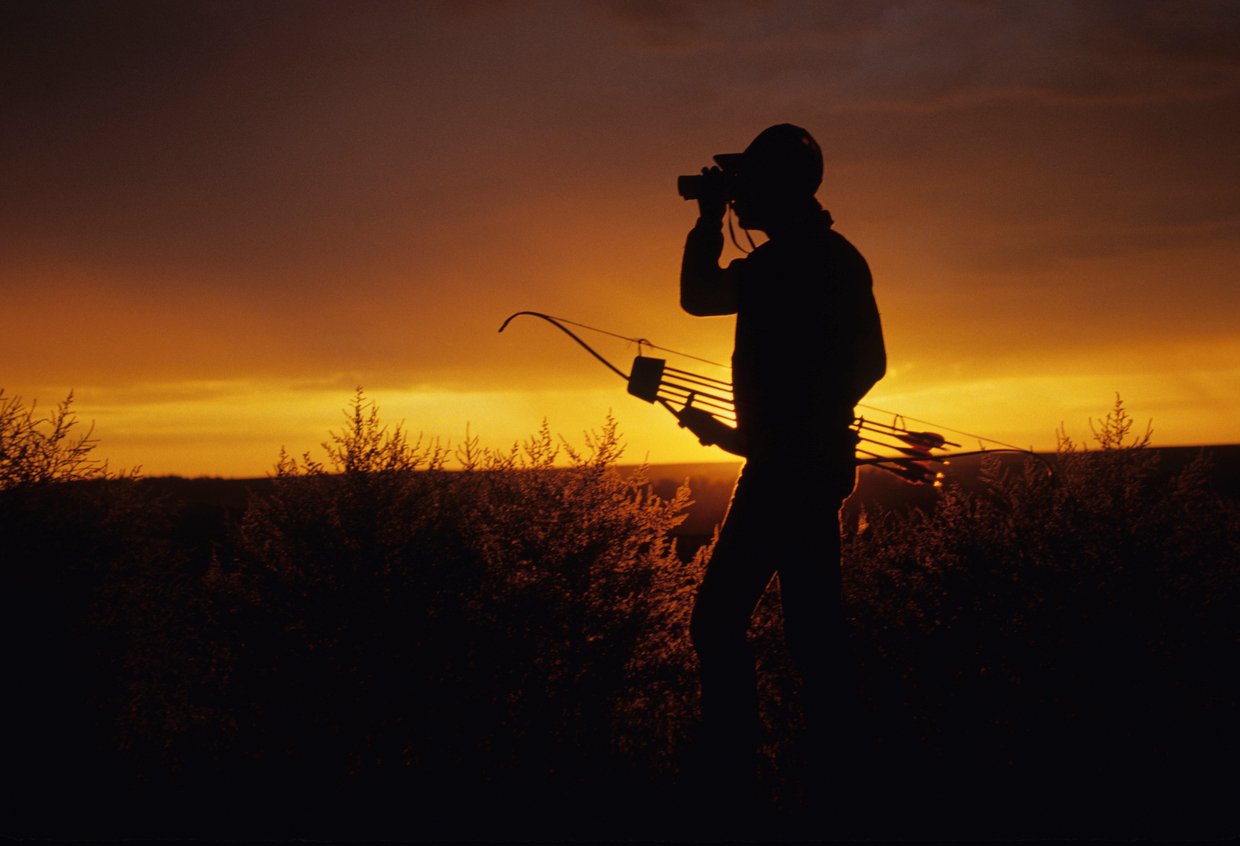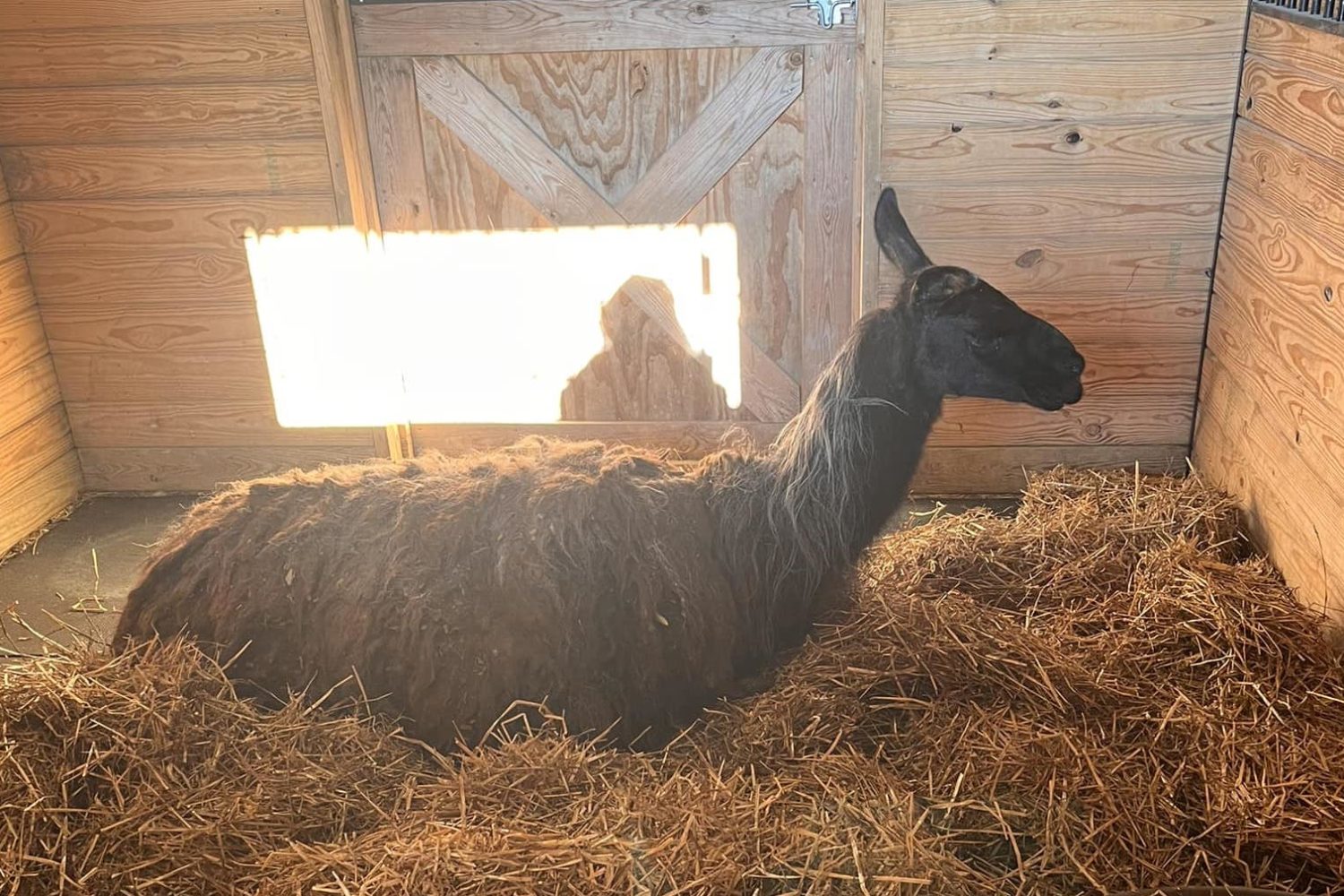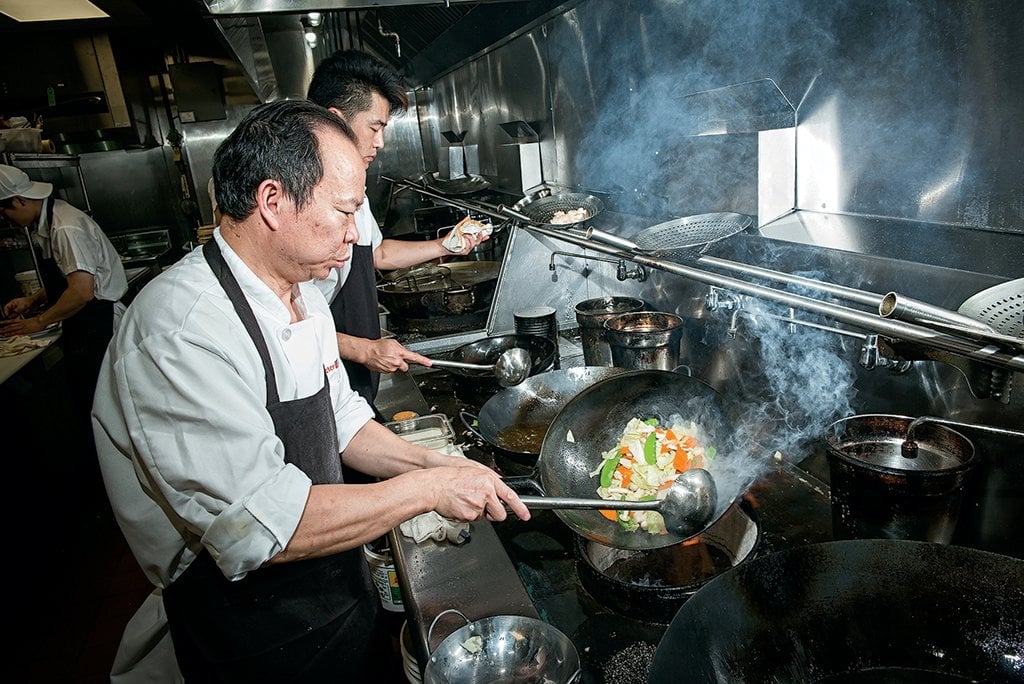There’s an unmistakable feel of fall in the air. Breezes are crisper, leaves are tinged with red, kids are back in school, and 684 Fairfax County bow-hunters are heading back into the elements for another year of deer harvesting.
Fairfax County has enlisted the aid of hundreds of volunteers since 2010 to cull its cervid population armed with just bows and arrows. Controlled deer hunting is performed throughout the country, but it’s often done with guns. (The National Park Service performs a cull each fall and winter in Rock Creek Park using biologists who are also sharpshooters; cyclists, it notes, “are advised to plan alternate routes” when the hunt is on.) Fairfax has has found archery to be a preferable hunting method, especially near urban and suburban areas.
Still, hikers shouldn’t have to worry about getting unexpectedly punctured. All Fairfax deer bow-hunters hunt from deer stands at least 50 feet away from any public trails, and they can take only short-range shots from above when they have 100 percent certainty of a kill. Does this prevent unnecessary ungulate suffering and protect passersby from errant arrows? Yes. Does it prevent the public from witnessing some badass Katniss Everdeen-esque foot chases in the forests of a future District 12? Sadly, also yes.
Hunting season began on September 12 and runs until February 20, and in that time somewhere around 900 deer will be turned into venison via flying projectiles. Hunters can keep the deer meat for themselves, gift it to friends and neighbors, or donate it to charitable organizations like Hunters for the Hungry that contribute to local food banks.
If you’re thinking this program could be a great way to dust off the old crossbow, sorry, but this year’s hunters have already been selected. The qualification period runs from late March to late June annually, and requires interested archers to hit three out of three arrows in a seven-inch target at 20 yards, and two out of three arrows in a seven-inch target at 30 yards. If your marksmanship isn’t up to that standard, you can find a list of participating ranges here to get in some socially distanced practice sessions.


















